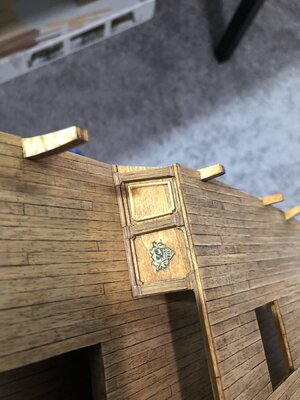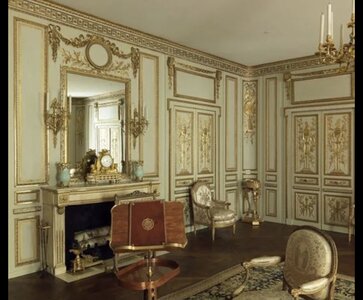Ok, I am finally VERY happy with the walls! 
I opted to add some trim, that I profiled, to the bottom of the walls between the column bases. It has more continuity and flows well. I matched the wood and stain of the columns.
Here is picture prior to stain so you can see where they were added…
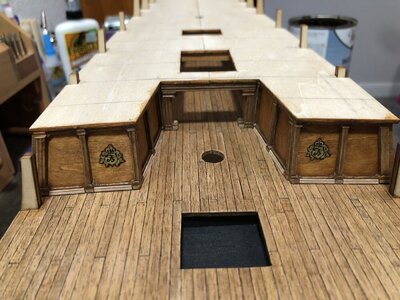
Now after stain and clear…
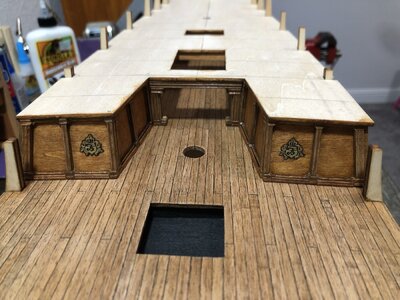
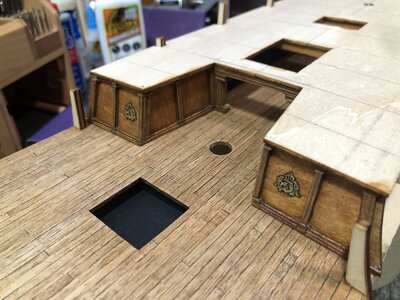
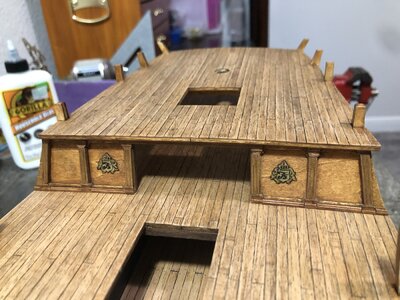
Now back to deck planking…
Ps - The Lion is quiet! I think he likes it!
I opted to add some trim, that I profiled, to the bottom of the walls between the column bases. It has more continuity and flows well. I matched the wood and stain of the columns.
Here is picture prior to stain so you can see where they were added…

Now after stain and clear…



Now back to deck planking…
Ps - The Lion is quiet! I think he likes it!




